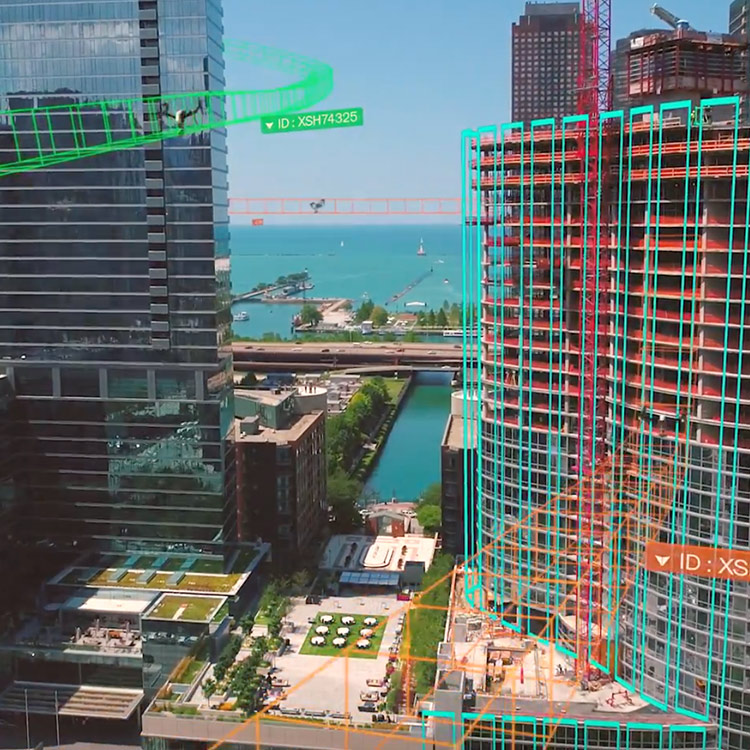Gaze upward. Drones are everywhere. Tiny flying robots are inspecting infrastructure, surveying construction sites, assisting first responders, monitoring wildlife populations and analyzing parking lots. Drones are bringing all kinds of new capabilities and efficiencies to a global economy that’s increasingly powered by autonomous technologies.
Hangar Technology Inc. and Vapor IO, two start-ups based in Austin, Texas, are collaborating to harness the power of unmanned aerial vehicles (UAVs). Together they are building edge computing infrastructure that will power automation and the data needs of industrial-grade drones.
“We are fundamentally rearchitecting the internet,” said Matt Trifiro, Chief Marketing Officer of Vapor.
Trifiro backs up his bold statement by pointing to Vapor’s use of edge computing, which are mini data centers located closer to where data is generated and used. Vapor is placing these computing systems at the base of cell phone towers around major U.S. cities, so commercial drone customers can optimize their data operations.
“This gives developers a lot more granularity in where they space workloads for low-latency capabilities,” said Trifiro. “Over the next 24 to 36 months we are going to work in over 30 cities, covering 50% of the U.S. with these low-latency edge zones.”
He said edge computing plays an essential role in the technological transition to greater machine autonomy.
Machine Working with Machines
Trifiro sees the world at the cusp of a new compute paradigm.
“Most of the internet was built for human scale, so things happen in seconds, but machines operate at orders of magnitude faster,” he said.
Drones and other sensor-equipped devices produce raw data that requires computing analysis to make that data useful and actionable without human intervention. To deliver essential data fast and reliably enough for autonomous devices requires a fresh approach to distributed computing, according to Satyam Vaghani, vice president and general manager of IoT and AI at Nutanix.
“There’s got to be a totally new set of services that machines need,” Vaghani said.
“Machines need operating systems that are dramatically different from the operating systems that were built for human use cases of computing.”
He sees IoT devices like drones speeding the need for distributed systems that handle massive amounts of real-time data quickly. These systems must also manage application and infrastructure lifecycles so systems run without a hiccup.
Trifiro used a driverless car analogy to describe the kind of systems autonomous machines need.
“A car traveling 60mph traverses the length of a football field in four seconds,” Trifiro explained. “How fast and precisely things need to respond requires us to change what you’re doing with machines.”
That change means having more computing resources near where data is gathered, analyzed and used to help power autonomous systems. The ever-expanding amount of data produced from internet-connected devices is driving the need for more edge computing infrastructure, according to Trifiro.
“If you’re thinking of hundreds of thousands or millions of sensors all producing data 24/7, there’s a massive amount of data,” he said. “Where are you going to want to ingest and process it? There’s just not enough fiber in the ground to send it up to the centralized internet, it’s got to happen quickly at the edge.”
Building the Future of the Drone Industry
A commercial drone company Hangar uses UAVs to capture data and provide insights to clients in a myriad of industries. To make drones a valuable and reliable technology for different industries, much work is to be done.


